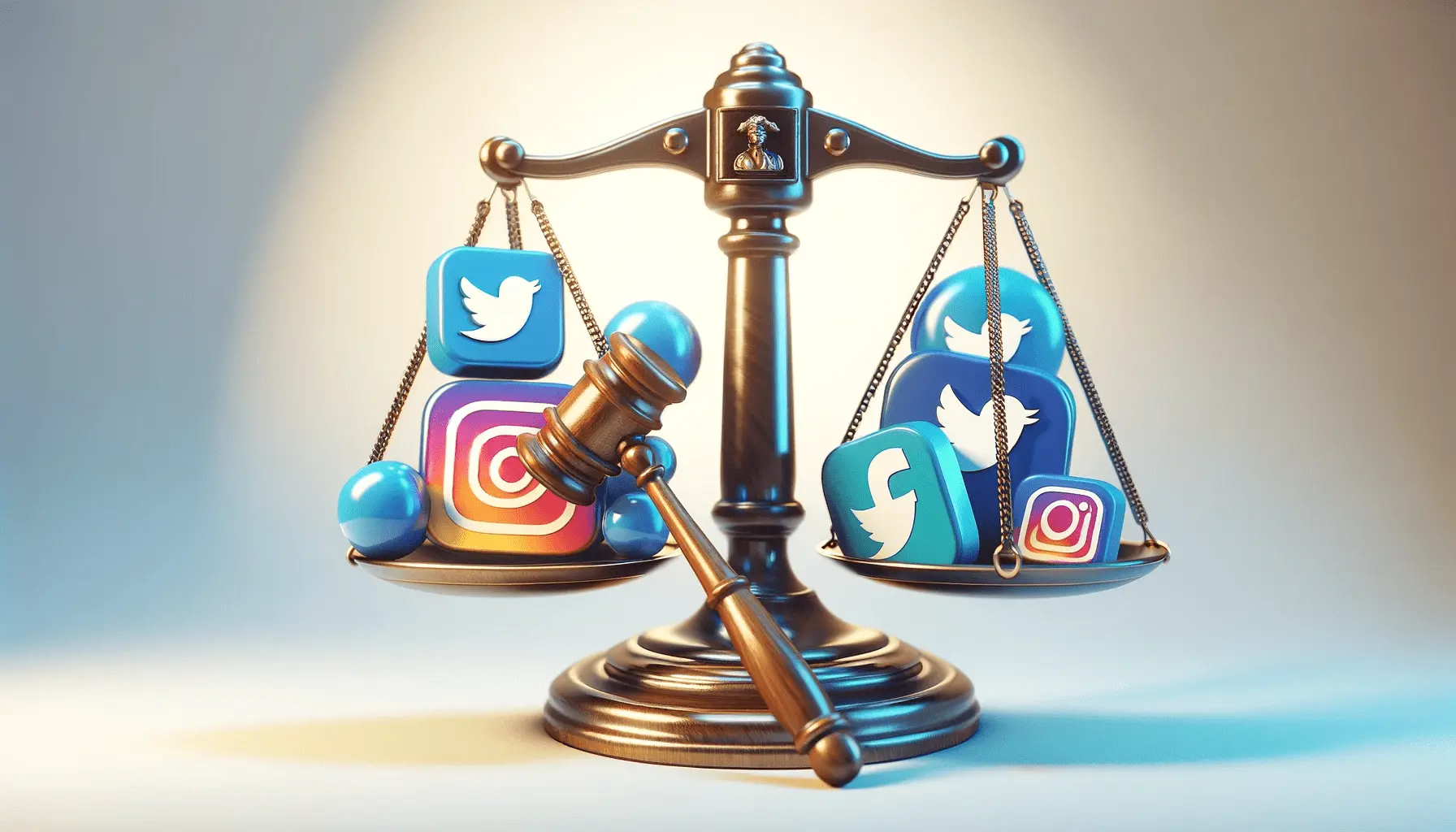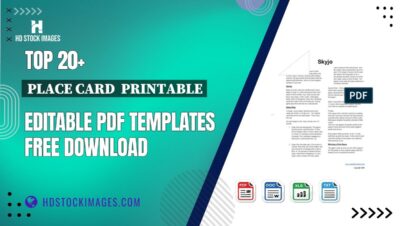Introduction to iStock Photos

Welcome to the world of iStock Photos, a fantastic resource for stunning images that can elevate your projects! Whether you’re a blogger, a marketer, or a creative professional, iStock offers a treasure trove of visuals. But wait! Before you dive into downloading those gorgeous pictures, it’s crucial to understand the legalities involved. Why? Because using images without permission can lead to legal troubles and hefty fines. Let’s explore what
Also Read This: How iStock Works – A Complete Overview for Buyers and Sellers
The Importance of Licensing in Stock Photography

Licensing is the backbone of stock photography, and understanding it can save you from potential headaches down the line. When you download an image from iStock, you’re not just getting a pretty picture; you’re entering into a legal agreement. Here’s why that’s important:
- Types of Licenses: iStock primarily offers two types of licenses: Standard and Extended. The Standard license is perfect for personal projects and small businesses, allowing you to use images in websites, social media, and marketing materials. The Extended license, on the other hand, provides broader rights, including usage for merchandise or resale.
- Legal Protection: When you purchase a license, you gain legal protection against copyright issues. This means that you can confidently use the images without worrying about infringing on someone else’s rights. Just remember, using images outside the agreed-upon terms can lead to legal consequences.
- Attribution: While some stock images require attribution, many on iStock do not. However, giving credit where credit is due is always a good practice, especially if you’re using an image for a public-facing project. Check the license terms to see what’s required.
- Limitations: Even with a license, there are restrictions. For example, you cannot use images in a way that suggests endorsement of a product or service. Make sure to read the terms and understand the limitations to avoid unintentional misuses.
In summary, licensing in stock photography is your shield against legal troubles. It not only gives you permission to use the images but also clarifies how they can be used. So, before hitting that download button on iStock, take a moment to review the licensing terms. It’s an investment in your peace of mind and creativity!
Also Read This: Where Do iStock Photos Download to? Finding Your Files Made Simple
3. Legal Considerations for Using iStock Photos
When you're browsing through the vast collection of images on iStock, it's easy to get lost in the visual beauty and forget that there are legal guidelines you need to follow. Understanding these legal considerations is crucial for anyone looking to use stock photos for personal or commercial purposes.
Licensing Types
iStock offers two primary types of licenses: Standard Licenses and Extended Licenses. Each comes with its own set of rules:
- Standard License: This license allows you to use images for most personal and commercial projects, like websites, blogs, and social media. However, there are restrictions on resale or distribution of the images.
- Extended License: If you need broader usage rights, the Extended License is your go-to option. It includes the rights to use images in merchandise, for print runs, or in apps. However, it's more expensive than the standard option.
Always ensure you're selecting the correct license for your needs. Misunderstanding licensing can lead to complications down the line.
Attribution Requirements
Unlike some free stock photo sites, iStock typically does not require attribution. This means you can use the images without crediting the photographer, which simplifies the process. However, it's always good practice to check the specific license terms to be sure. Some contributors may still prefer attribution, so when in doubt, reach out!
Modifications and Alterations
If you plan to modify an image, be aware that most licenses allow for alterations, but not all. Always read the terms carefully. For instance, while you can resize or crop an image, creating a derivative work (like adding text or graphics) might not be permitted under a Standard License.
Moreover, using images in a misleading context can also lead to legal issues, so it’s best to keep the original intent of the image in mind.
Also Read This: How Many Photos Can You Submit to iStock Each Week? Contributor Guidelines
4. Consequences of Unauthorized Use of iStock Images
Using iStock images without proper licensing can lead to serious repercussions, ranging from financial penalties to legal action. Let's break down what could happen if you decide to ignore the licensing agreements.
Financial Penalties
One of the most immediate consequences of unauthorized use is the risk of hefty fines. If iStock discovers that you're using their images without a license, they can charge you for the usage, which often includes:
- The cost of the original license
- Additional fees for unauthorized use
- Possible damages, which can be steep depending on the extent of the infringement
In some cases, businesses have faced penalties exceeding thousands of dollars simply for using an image without the correct license.
Legal Action
Alongside financial penalties, unauthorized use can also lead to legal action. iStock and its contributors have the right to pursue copyright infringement cases, which can result in:
- Cease and desist orders to stop using the image
- Litigation, which can be a long and expensive process
- Damage to your reputation, especially if you’re a business
Reputation Damage
Beyond the legal ramifications, unauthorized use of images can harm your brand’s reputation. If clients or partners discover that you've used copyrighted images without permission, it can lead to a loss of trust. In today’s digital age, where transparency is key, maintaining a good reputation is invaluable.
In summary, adhering to the legal aspects of using iStock photos is not just about compliance; it's about protecting yourself and your brand. Always invest the time to understand licensing agreements, and avoid the risks associated with unauthorized use. It’s worth it in the long run!
Also Read This: Can I Use iStock Images for Commercial Projects? A Licensing Guide
5. How to Properly License iStock Photos
Licensing iStock photos can seem daunting at first, but with a little guidance, you’ll find it’s quite straightforward. Understanding the licensing options available is crucial for using images legally and effectively in your projects.
When you visit iStock, you’ll notice two main types of licenses available: Standard and Extended. Here’s a quick breakdown:
- Standard License: This is the most common option and covers a wide range of uses. You can use the images for things like websites, social media, and presentations. However, there are limits on print runs (typically up to 500,000 copies) and resale.
- Extended License: If you need more flexibility, this is the way to go. It allows for larger print runs, use on merchandise, and even incorporation into templates that you plan to sell. It’s perfect for businesses or creatives looking to use images in a broader context.
To properly license iStock photos:
- Choose Your Image: Browse through iStock’s diverse library and select the image that fits your project.
- Select the License: Decide whether the Standard or Extended License better suits your needs. Always consider how you plan to use the image.
- Purchase the License: Add the image to your cart, select the desired licensing option, and complete your purchase. Keep your receipt for future reference.
- Download and Use: Once purchased, download the image and start using it according to the terms of your license.
Remember, if you’re ever unsure about how you can use an image, iStock has a comprehensive licensing guide available on their site. It’s always better to double-check than to risk a copyright infringement!
6. Alternatives to iStock for Stock Photography
While iStock is a popular choice for stock photos, it’s not the only game in town. Depending on your needs and budget, there are plenty of alternatives worth exploring. Here’s a roundup of some fantastic options:
- Shutterstock: Known for its vast library, Shutterstock offers millions of high-quality images, vectors, and videos. They have flexible subscription plans for frequent users.
- Adobe Stock: If you’re already using Adobe Creative Cloud, Adobe Stock integrates seamlessly with your tools. It provides high-quality images and also includes 3D assets and templates.
- Unsplash: Looking for free high-resolution photos? Unsplash is a fantastic resource. All images are free for both personal and commercial use, so you can find stunning visuals without spending a dime.
- Pexels: Similar to Unsplash, Pexels offers a wide selection of free stock photos and videos. Their library is constantly updated, ensuring fresh content.
- Getty Images: For premium content, Getty Images is top-notch. They offer exclusive images, but be prepared for higher price tags compared to other sites.
Choosing the right platform often depends on the specific requirements of your project. Think about your budget, the type of images you need, and how you plan to use them. Each of these alternatives offers unique features, so don’t hesitate to explore beyond iStock! You might just find the perfect image in one of these other libraries.
 admin
admin








